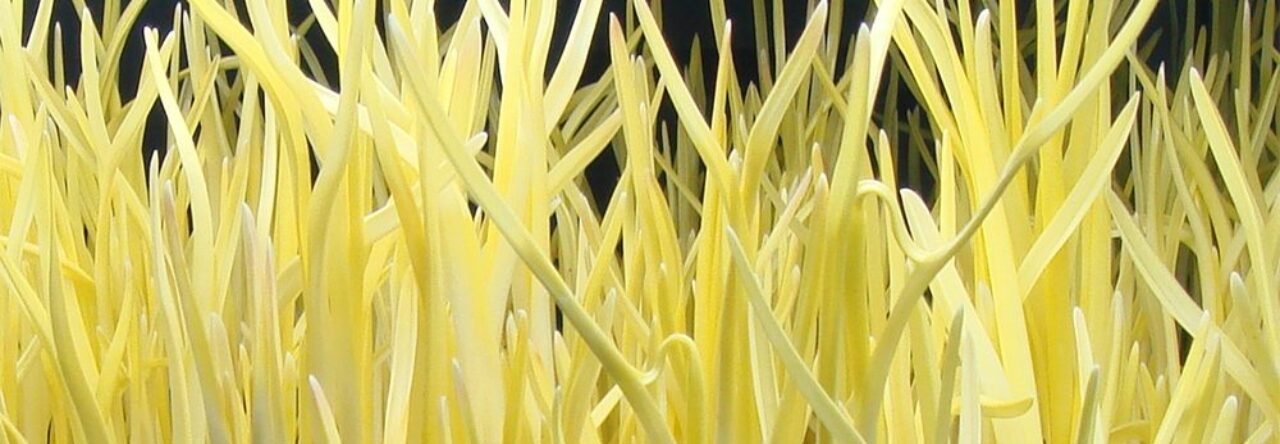にんにくスプラウトパウダーに高含有のニンニク由来化合物「S-アリルシステイン(SAC)」に関する研究論文がございました。
——————————————
表題: 水溶性ニンニク誘導体であるS-アリルシステインは、生体内条件下でヒトアンドロゲン非依存性前立腺癌異種移植片CWR22R細胞の増殖を抑制する
S‐allylcysteine, a water‐soluble garlic derivative, suppresses the growth of a human androgen‐independent prostate cancer xenograft, CWR22R, under in vivo conditions
著書: Xianghong Wang/Yong Chuan Wong, Department of Anatomy, The University of Hong Kong
出典: https://onlinelibrary.wiley.com/doi/full/10.1111/j.1464-410X.2006.06639.x
公開日: 28 November 2006
■OBJECTIVE 目的
To evaluate the effect of S‐allylcysteine (SAC) on CWR22R, a human androgen‐independent (AI) prostate cancer xenograft, in nude mice.
Despite extensive research worldwide there is no effective way to control the growth of prostate cancer, and we previously reported that SAC and S‐allylmercaptocysteine (SAMC), two water‐soluble derivatives of garlic, inhibit cancer cell invasion through restoration of E‐cadherin expression in vitro.
ヌードマウスにおけるヒトアンドロゲン非依存性(AI)前立腺癌異種移植片であるCWR22Rに対するS-アリルシステイン(SAC)の効果を評価する。
世界中で広範な研究が行われているにもかかわらず、前立腺癌の発症を抑制する効果的な方法はなく、SACおよびS-アリルメルカプトシステイン(SAMC)は試験管内でE-カドヘリン発現の回復を介して癌細胞浸潤を阻害することを我々は以前に報告した 。
■MATERIALS AND METHODS 材料および方法
The effects of SAC on tumour cell proliferation markers such as Ki‐67 and proliferating cell nuclear antigen, and apoptotic regulators including Bcl‐2 and cleaved caspase‐3, were assessed by immunohistochemical staining. The inhibitory effects of SAC on prostate cancer invasion was examined by immunoreactivity of E‐cadherin and its binding proteins α, β and γ‐catenins. The serum prostate‐specific antigen (PSA) level at three different times (initiation, middle and end of treatment) and toxicity of SAC on several organs after treatment were assessed.
Ki-67および増殖性細胞核抗原、ならびにBcl-2および切断されたカスパーゼ-3を含むアポトーシス調節因子などの腫瘍細胞増殖マーカーに対するSACの効果を、免疫組織化学染色によって評価した。 前立腺癌浸潤に対するSACの阻害効果を、E-カドヘリンおよびその結合タンパク質α、βおよびγ-カテニンの免疫反応性によって調べた。 3つの異なる時間(処置の開始、中期および終了)における血清前立腺特異抗原(PSA)レベルおよび処置後のいくつかの臓器に対するSACの毒性を評価した。
■RESULTS 結果
Treatment with SAC resulted in inhibition of the growth of CWR22R, with no detectable toxic effect on nude mice. The SAC‐induced growth reduction was correlated with a concurrent reduction in serum PSA level and proliferation rate of xenografts, together with an inhibition of invasion through the restoration of E‐cadherin and γ‐catenin expression. Furthermore, the apoptotic rate of SAC‐treated tumours increased together with a decrease in Bcl‐2 and increase in cleaved caspase‐3.
SACで処理すると、ヌードマウスに検出可能な毒性作用はなく、CWR22Rの増殖が阻害された。 SAC誘発性の増殖低下は、E-カドヘリンおよびγ-カテニン発現の回復による侵襲の阻害と共に、血清PSAレベルおよび異種移植片の増殖速度の同時減少と相関していた。 さらに、SAC処置腫瘍のアポトーシス率は、Bcl-2の減少および切断されたカスパーゼ-3の増加と共に増加した。
■CONCLUSION 結論
These results suggest that this garlic‐derived compound might be a potential therapeutic agent for suppressing AI prostate cancer.
これらの結果は、このニンニク由来化合物がAI前立腺癌を抑制する可能性のある治療薬である可能性を示唆している。
